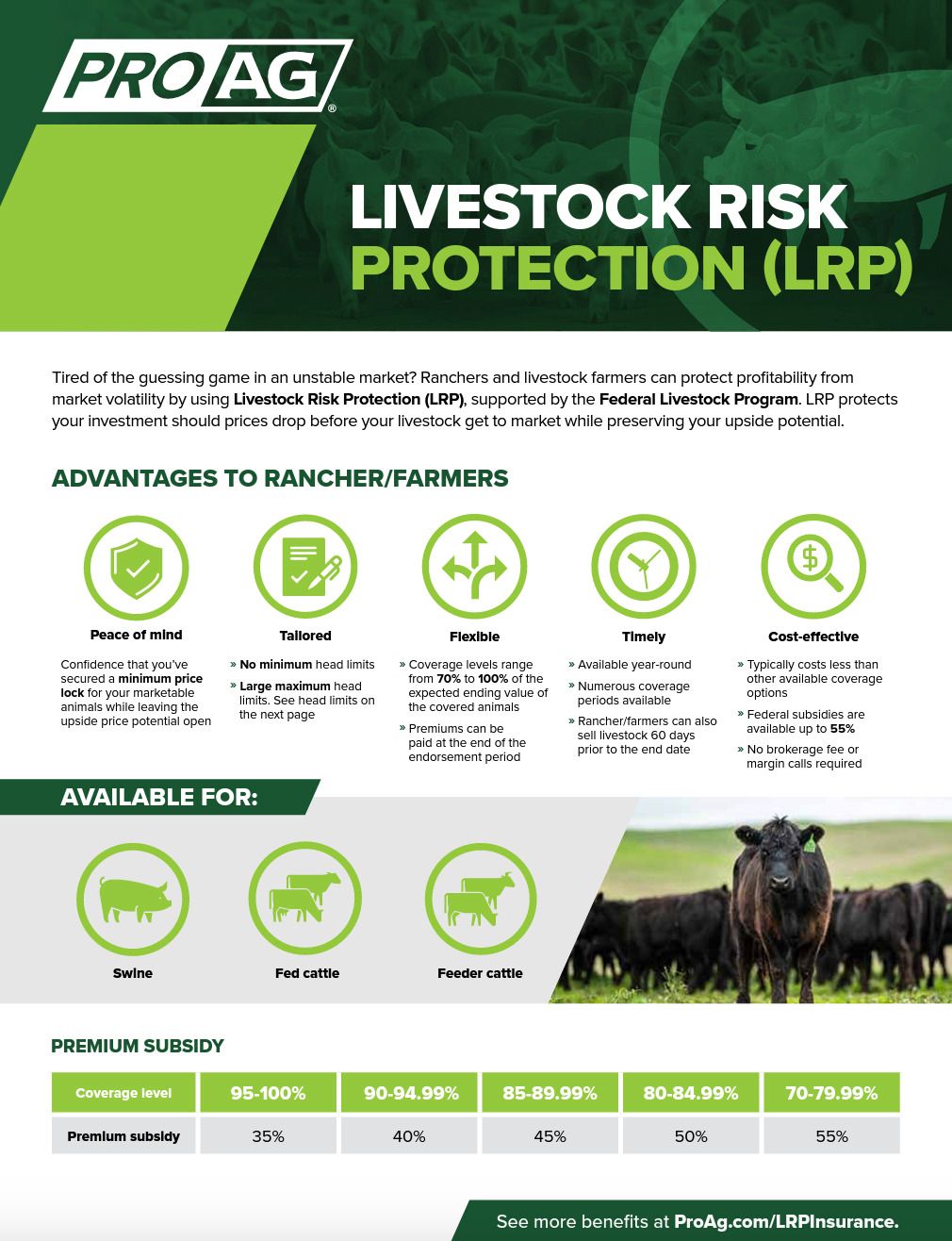The Of Bagley Risk Management
The Of Bagley Risk Management
Blog Article
Professional Support on Risk Evaluation and LRP Insurance Coverage Solutions

The Significance of Danger Assessment
Effective risk assessment is basic in the decision-making procedure of any type of organization, assisting calculated planning and resource allotment. By methodically recognizing, evaluating, and prioritizing possible threats, organizations can expect difficulties, profit from opportunities, and make informed selections to accomplish their objectives. Risk analysis enables organizations to proactively resolve susceptabilities, minimize dangers, and optimize their threat administration techniques.
One of the crucial benefits of risk evaluation is its role in enhancing functional efficiency. By understanding the prospective risks that can affect various facets of business, companies can improve processes, allocate sources more properly, and decrease the chance of expensive interruptions. In addition, risk analysis enables business to abide by regulative needs, protect their reputation, and develop depend on with stakeholders.
Recognizing Possible Losses
To grasp the effect of danger evaluation, it is crucial to understand the possible losses that can substantially impact an organization's operations and monetary security. Prospective losses can develop from different sources, including natural disasters, economic recessions, operational failures, regulatory changes, and cybersecurity breaches. These losses can cause straight prices such as residential property damage, legal expenses, and penalties, along with indirect prices like reputational damages and loss of market share.
Comprehending prospective losses includes conducting a complete analysis of the risks that could appear and approximating the economic effect they may have on the company. By evaluating these prospective losses, organizations can prioritize threat mitigation efforts and allocate sources properly. Additionally, a detailed understanding of potential losses allows organizations to make enlightened decisions when picking danger management approaches, such as buying insurance protection or executing risk control actions. Bagley Risk Management.
Basically, by acknowledging and understanding prospective losses, companies can proactively take care of risks and guard their long-term sustainability and success.
Role of LRP Insurance Coverage Solutions
The combination of LRP insurance policy services within an organization's threat management structure enhances resilience and fortifies financial security versus unanticipated hardships. LRP, or Loss Recuperation Item, insurance policy options play a crucial role in minimizing the impact of possible losses by giving financial defense and assistance in times of situation. These insurance policy solutions are tailored to meet the certain needs of organizations, using coverage for different threats such as residential or commercial property damages, company interruption, liability claims, and more.
By transferring the financial threat to an insurance coverage copyright, organizations can focus on their core operations with higher peace of mind, recognizing that they are safeguarded against substantial monetary losses. Additionally, LRP insurance policy options check that can enhance a company's risk monitoring strategy by supplementing existing threat mitigation actions and making sure extensive defense across all locations of potential susceptability.
Identifying Key Risks
In the procedure of danger assessment, a critical action includes Your Domain Name recognizing essential threats that have the potential to affect a company's procedures and financial security. Identifying essential threats requires a detailed evaluation of inner and external variables that might posture hazards to the organization's goals. Inner threats may include functional inefficiencies, compliance issues, or human resource challenges, while outside risks could incorporate economic downturns, regulatory modifications, or all-natural calamities.

Furthermore, essential dangers must be on a regular basis evaluated and updated to line up with the vibrant organization setting. This proactive approach enables organizations to stay ahead of prospective risks and secure their lasting success.
Picking the Right Insurance Coverage
Having actually recognized the vital risks that could impact an organization's operations and economic stability, the next vital action includes very carefully picking the ideal protection to successfully handle have a peek at these guys and alleviate these dangers. When it pertains to choosing the ideal protection, organizations need to consider their particular risk exposure, economic capacities, and calculated goals. It is vital to conduct an extensive assessment of the readily available insurance alternatives to make sure that the chosen insurance coverage lines up with the organization's threat administration goals.

Organizations ought to function very closely with knowledgeable insurance specialists to analyze their threat profiles and determine the most appropriate insurance items to address their requirements. Tailoring insurance policy protection to particular risks can assist enhance security while reducing unnecessary expenses. Furthermore, organizations ought to review policy terms thoroughly to recognize the extent of insurance coverage given and any prospective exemptions that might influence their danger mitigation methods.
Verdict
In final thought, risk evaluation is important in recognizing potential losses and choosing the ideal LRP insurance coverage services. By recognizing vital threats, companies can minimize financial effects and safeguard their possessions. It is important to carefully analyze and analyze risks to guarantee proper protection is in place. Expert guidance can aid browse the intricacies of danger assessment and insurance remedies, providing companies with the necessary tools to efficiently manage and minimize threats.
Specialist support plays a pivotal duty in this process, supplying important understandings into determining and assessing dangers, as well as strategically choosing appropriate insurance protection tailored to alleviate those risks successfully. A comprehensive understanding of prospective losses makes it possible for organizations to make informed choices when selecting threat administration approaches, such as buying insurance policy protection or executing threat control measures.

Report this page